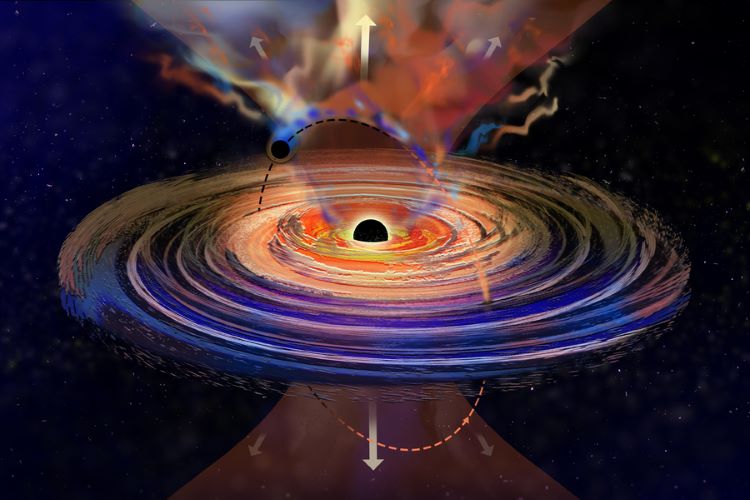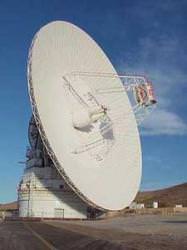Over the last several months, Universe Today has explored a plethora of scientific disciplines, including impact craters, planetary surfaces, exoplanets, astrobiology, solar physics, comets, planetary atmospheres, planetary geophysics, cosmochemistry, meteorites, radio astronomy, extremophiles, organic chemistry, black holes, cryovolcanism, planetary protection, dark matter, and supernovae, and how each of these unique disciplines continue to teach is about the cosmos and our place throughout its vastness.
Here, Universe Today discusses the field of neutron stars with Dr. Stuart Shapiro, who is a Professor of Physics and Astronomy and NCSA Senior Research Scientist at the University of Illinois at Urbana-Champaign, regarding the importance of studying neutron stars, the benefits and challenges, the most intriguing aspect about neutron stars he’s studied throughout his career, and any advice he can offer upcoming students who wish to pursue studying neutron stars. Therefore, what is the importance of studying neutron stars?
Continue reading “Neutron Stars: Why study them? What makes them so fascinating?”



